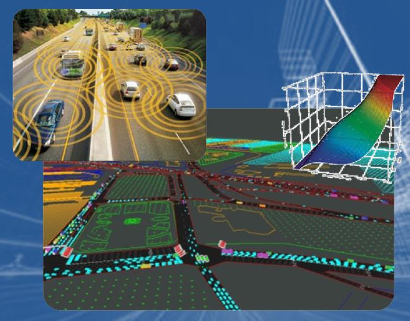The rapid development of automated vehicles has attracted a lot of attentions from the public in recent years. Current studies on automated vehicles mainly focus on microscopic simulations with simple network topologies and driver behaviors, and few has considered to incorporate automated vehicles into macroscopic travel demand models for the analysis in a regional network. The proposed AVSIEM connects the qualitative analysis of automated vehicles using microsimulation with macroscopic-level system impact evaluation of the automated vehicles on transportation networks. With the goal to successfully demonstrate the proof of concept of AVSIEM, this project will design and develop the CAF to connect microsimulation analysis results with regional travel demand forecasting models to evaluate the system impacts of automated vehicles.

Accomplished Tasks
Phase I of this project focused on the development of a prototype AVSIEM through a single lane network. The tasks include:
Sponsor: USDOT/RITA/Volpe Center
Project Time Period: Sep 2015 – Feb 2016 (Phase I)